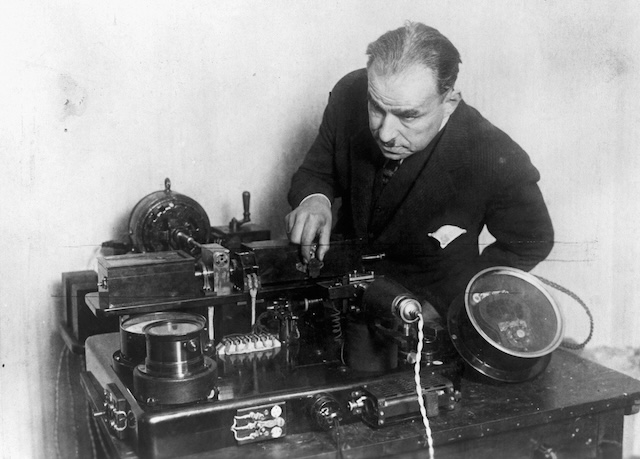The fax machine, once a staple of offices worldwide, has a rich history that stretches back to the 19th century. While its popularity has waned in the age of digital communication, the journey of the fax machine is a remarkable tale of innovation and technological progress. This article explores the origins, development, and lasting legacy of this iconic office appliance.

The Early Days of the Fax Machine
Alexander Bain’s Revolutionary Invention
The story of the fax machine begins in 1843 when Alexander Bain, a Scottish clockmaker, patented the first fax machine. Bain’s invention, which he called the “Electric Printing Telegraph,” was based on the principles of chemical telegraphy. By synchronizing a pendulum with a metal stylus, Bain’s device could scan a message line by line and transmit it over telegraph wires. Although rudimentary by today’s standards, Bain’s invention laid the foundation for future developments in fax technology.
Giovanni Caselli and the Pantelegraph
In the 1860s, Italian physicist Giovanni Caselli improved upon Bain’s design with the creation of the pantelegraph. This device could transmit both images and text over long distances, making it the first practical fax machine. The pantelegraph was used for official communications in France, particularly for transmitting signatures and important documents, demonstrating the potential of fax technology in government and business.
The Evolution of Fax Technology
The First Commercial Fax Service
The early 20th century marked the introduction of the first commercial fax service. In 1924, the American Telephone and Telegraph Company (AT&T) launched the telephoto service, which used a telephoto camera to send images over telephone lines. This service was primarily used by newspapers to transmit photographs, revolutionizing the speed and efficiency of news reporting.
Mid-20th Century Advances

The 20th century saw significant advancements in fax technology. In 1947, the first modern fax machine was invented, offering a more practical and efficient way to transmit documents. The development of smaller, more reliable machines in the 1960s further expanded the use of fax technology in offices. A major milestone came in 1964 when Xerox Corporation introduced the first commercial fax machine, which played a crucial role in streamlining office communication.
The Modern Fax Era
The Boom of the 1980s and 1990s
The 1980s and 1990s were the golden era of fax machines. They became indispensable tools for businesses, enabling the rapid transmission of documents across the globe. The introduction of the Group 3 fax standard in the 1980s allowed for faster and more efficient faxing, solidifying the fax machine’s place in the modern office. By the 1990s, nearly every business had a fax machine, and they were seen as essential for everything from sending contracts to sharing important memos.

Fax Machines in the Digital Age
As the internet and email emerged in the late 1990s and early 2000s, the use of traditional fax machines began to decline. However, fax machines did not become entirely obsolete. Instead, they adapted to the digital age, with modern fax machines now offering features such as internet faxing and integration with email systems. These innovations have allowed fax technology to remain relevant, particularly in industries that require secure document transmission, such as healthcare and legal services.

The Enduring Legacy of the Fax Machine
The history of the fax machine is a testament to human ingenuity and the relentless pursuit of better communication methods. From Alexander Bain’s early experiments in the 19th century to the high-tech fax machines of the digital age, the fax machine has played a vital role in the evolution of office technology. Its ability to adapt and evolve over time ensures that, even in a world dominated by digital communication, the fax machine continues to have a place in modern business practices.

Conclusion: A Legacy of Innovation and Adaptation
The fax machine’s journey from a 19th-century invention to a 20th-century office essential, and finally to a digital-age tool, highlights the enduring importance of efficient communication technology. While it may no longer be the primary method of document transmission, the fax machine’s legacy lives on in the many ways it has shaped the modern office. As we continue to develop new technologies, the fax machine stands as a reminder of how innovation can transform the way we work and communicate.


